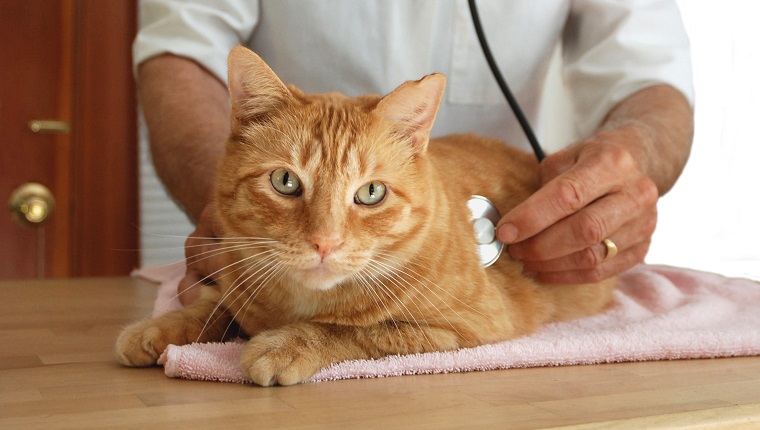Your cat is probably like a child to you, and, like any loving pet parent, you want to do everything you can to keep them healthy and safe. Of course, cats can be very independent. They tend to take pretty good care of themselves. However, they can’t do everything independently, so it’s up to us to be responsible. We must educate ourselves on…

The 2012 Global Pet Expo opened in Orlando, Fla., yesterday, with a record-breaking 2,452 booths supporting 890 exhibitors. GPE is…





